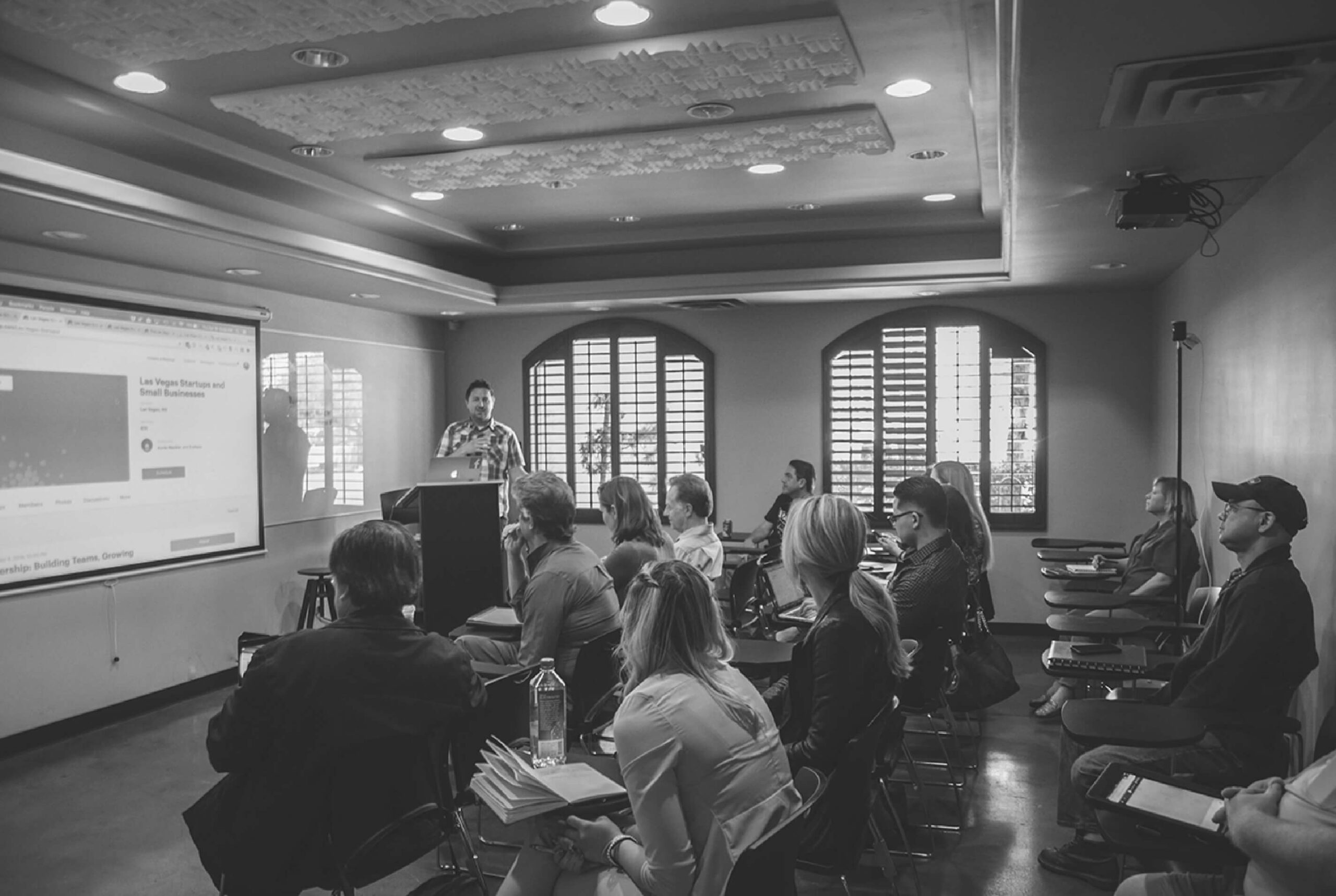![]()
During this difficult time of prolonged mourning, Illinois’ higher education system received a bit of good news this week. Despite bleak state revenue forecasts, with some projecting a budget shortfall as great as $7.4 billion in fiscal year 2021, legislators last Sunday passed a budget that maintains level funding for higher education, providing a sense of stability to students and institutions in an otherwise uncertain time.
In the past, budget crises and recessions have resulted in states making heavy cuts to higher education, with low-income students and students of color largely bearing the increased costs of college. In the face of COVID-19, several states are seeing history repeat itself. Colorado, Ohio, New Jersey, and others have proposed significant cuts to their higher education budgets. However, in this year’s budget, the Illinois legislature chose a different path. While the budget will rely on additional federal relief, if the federal government does their part, level-funding will help keep the doors to higher education open for most Illinois students.
Notable highlights related to the Partnership’s legislative priorities include:
- $451 million allocated for the Monetary Award Program (MAP)
- $50 million in discretionary federal funds allocated to higher education
- Public university operations funded at FY20 levels
- 5% increase to Illinois Community College Board (ICCB)
- Creation of a college emergency grant program
As we celebrate Illinois maintaining its higher education investment during this crisis, this first step – a critical one in paving the way for a full, equitable recovery – must be one among other key actions to ensure adequate and equitable funding for the state’s colleges and universities well into the future. Throughout and moving beyond this crisis, lawmakers will have to be responsive to the needs of financially-vulnerable students and institutions. Level-funding alone will not help Illinois address affordability and access for all Illinoisans, eliminate disparities in college completion that have existed within our institutions for decades, or reach our 2025 college degree attainment goals. To do so, Illinois must continue to distribute federal and state resources equitably, ensuring that low-income students have the support they need to enroll, persist, and graduate, and that lower-resourced institutions, which disproportionately serve large numbers of low-income students – including those in our state’s diverse community college system – have adequate funding.

